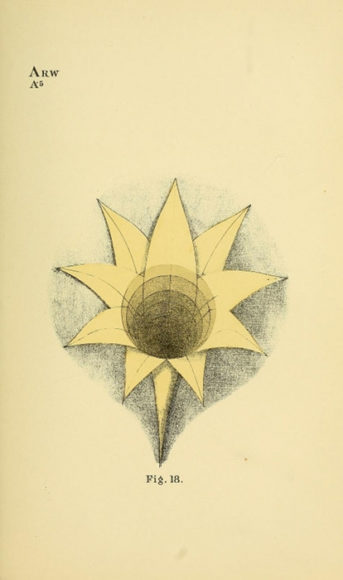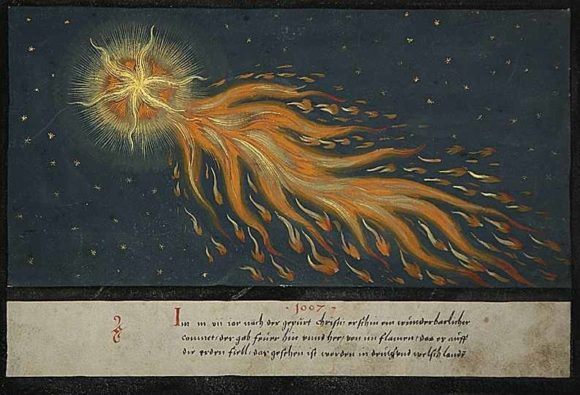How viruses may have created consciousness…
Reality as science fiction…
Not only is an ancient virus still active in the cells of human and animal brains, but it seems to be so important that processes of thought as we know them likely never would have arisen without it.
From Live Science,
An Ancient Virus May Be Responsible for Human Consciousness
By Rafi Letzter
“You’ve got an ancient virus in your brain. In fact, you’ve got an ancient virus at the very root of your conscious thought.
According to two papers published in the journal Cell in January, long ago, a virus bound its genetic code to the genome of four-limbed animals. That snippet of code is still very much alive in humans’ brains today, where it does the very viral task of packaging up genetic information and sending it from nerve cells to their neighbors in little capsules that look a whole lot like viruses themselves. And these little packages of information might be critical elements of how nerves communicate and reorganize over time — tasks thought to be necessary for higher-order thinking, the researchers said.
Though it may sound surprising that bits of human genetic code come from viruses, it’s actually more common than you might think: A review published in Cell in 2016 found that between 40 and 80 percent of the human genome arrived from some archaic viral invasion.
That’s because viruses aren’t just critters that try to make a home in a body, the way bacteria do. Instead, as Live Science has previously reported, a virus is a genetic parasite. It injects its genetic code into its host’s cells and hijacks them, turning them to its own purposes — typically, that means as factories for making more viruses. This process is usually either useless or harmful to the host, but every once in a while, the injected viral genes are benign or even useful enough to hang around. The 2016 review found that viral genes seem to play important roles in the immune system, as well as in the early days of embryo development.
But the new papers take things a step further. Not only is an ancient virus still very much active in the cells of human and animal brains, but it seems to be so important to how they function that processes of thought as we know them likely never would have arisen without it, the researchers said….”
For the rest, click here.
Share


